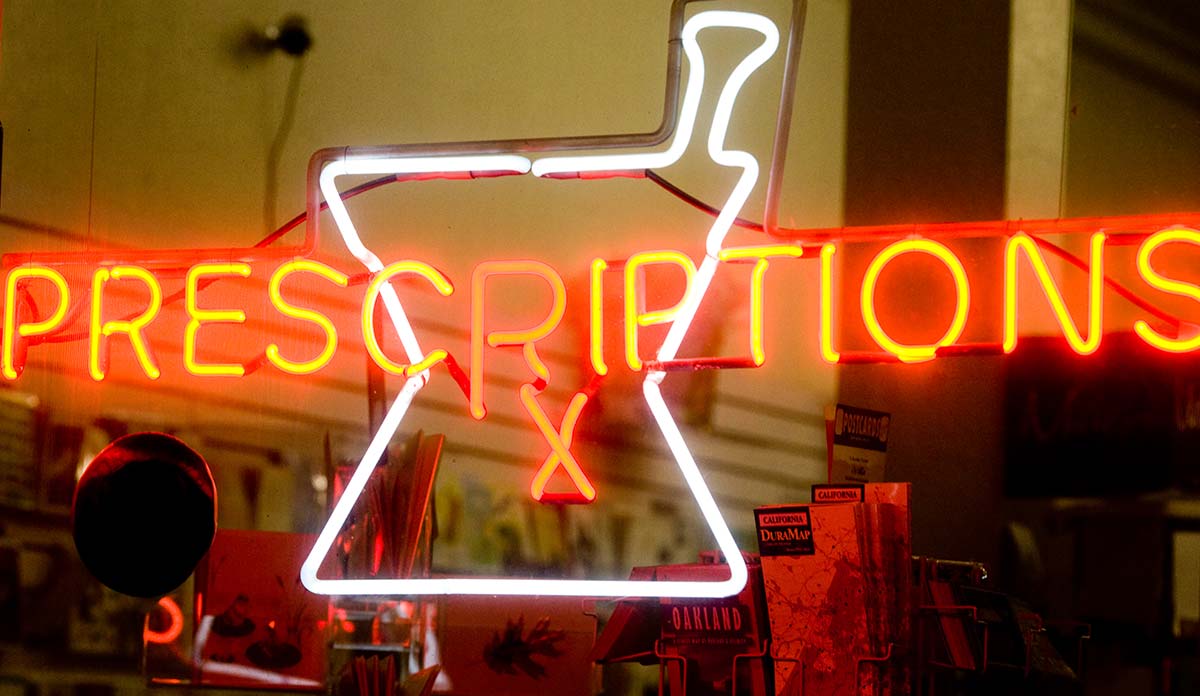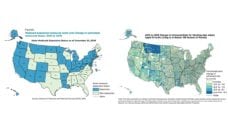The United States has the highest drug prices in the world and it’s not even close. For millions in the country, the cost of prescription drugs is an ever-growing barrier to proper disease treatment. This is most often the case for minority groups, who have long experienced disproportionally adverse health access and outcomes. But high drug prices alone do not explain the inequity we see. Though cost is a major factor, Colon, et al. found that disparities are not simply a function of socioeconomic status—the story is more complicated.
Minorities Face Many Barriers to Prescription Medicines
Costs
White Americans are, on average, much wealthier than Black and Hispanic Americans. The median net worth of White households in 2016 was 9.7 times higher than African-American households and 8.3 times higher than Hispanic households. Wealth disparities result in negative health consequences. Among insured adults with diabetes, Tseng, et al, found race and ethnicity to be a significant predictor of medication underuse—patients underusing their medication in order to prolong supply—due to cost. (Medication underuse is a somewhat common cost saving strategy, per the CDC.) The authors attribute this to lower incomes and higher out-of-pocket drug costs. Although study participants all had health insurance, disparities persisted.
Lack of Insurance
Affording medications is even harder for those without coverage. Though the Affordable Care Act (ACA) reduced the number of uninsured Americans, over 28 million remain without insurance. More than half (55%) of uninsured Americans under the age of 65 are people of color. For those with no insurance, paying retail prices for medications is often financially impossible.
Implicit Racial Bias in Prescribing Practice
Race can have an implicit effect on the prescribing practices of providers. For example, one study showed that White children treated at pediatric emergency departments inappropriately received antibiotics for respiratory infections more often than Black or Hispanic children, indicating that prescribing patterns can vary depending on the race of the patient. Terrell, et al., found that in their sample, ethnic and racial minorities were prescribed analgesics at a lower rate compared to White patients when discharged from the emergency department.
Practical Policy Pursuits
Here are four policy options for addressing racial disparities in access to prescription medication:
Continue to Expand Medicaid
One in five people of color have access to prescription drugs through Medicaid. Virginia recently expanded Medicaid (becoming the thirty-third state to do so). Medicaid expansion is on the November 2018 ballot in Utah and Idaho (Atkeson and Jones write more about the Idaho intiative here) while supporters in Nebraska are collecting signatures to get it on the ballot. A Maine state court has ruled that Governor LePage must submit the paperwork to expand.
Promote the ACA and an Essential Benefits Package
The ACA has played a key role in increasing health insurance among low-income people of color. Prescription drugs are one of ten essential health benefits the ACA requires insurers to cover. Interventions to increase coverage are needed, particularly in regard to medications. Research shows that promoting coverage gains through increased advertising is effective.
Reduce Implicit Bias in Prescribing
Parity in prescribing practices is possible. New research shows that reducing stigmatizing language in electronic health records can reduce implicit bias in physicians-in-training, influencing their attitudes about both patients and prescribing behavior.
Value-based Formularies to Reduce Costs
Pharmacy cost reduction is critical. One method for cutting costs is to use value-based formularies (VBFs), which guide prescription decisions based on cost-effectiveness. Simply, if there’s a drug with similar efficacy that costs less, that drug can be placed on an insurer’s formulary in favor of a competitor.
For example, Express Scripts, the nation’s largest pharmacy benefit manager, cut Amgen’s Repatha (evolocumab) in favor of Sanofi and Regeneron’s Praluent (alirocumab), which is used for preventing cardiovascular disease, because of the latter’s willingness to lower the price to match valuation done by the Institute for Clinical and Economic Review (ICER).
The multidimensional nature of health disparities and pharmaceutical law, policy, and practice requires multiple, synergistic approaches like those mentioned here, as a means to promote equitable access to necessary and effective medications for minorities.
Feature image: Thomas Hawk, Prescriptions (detail), used under CC BY-NC 2.0














